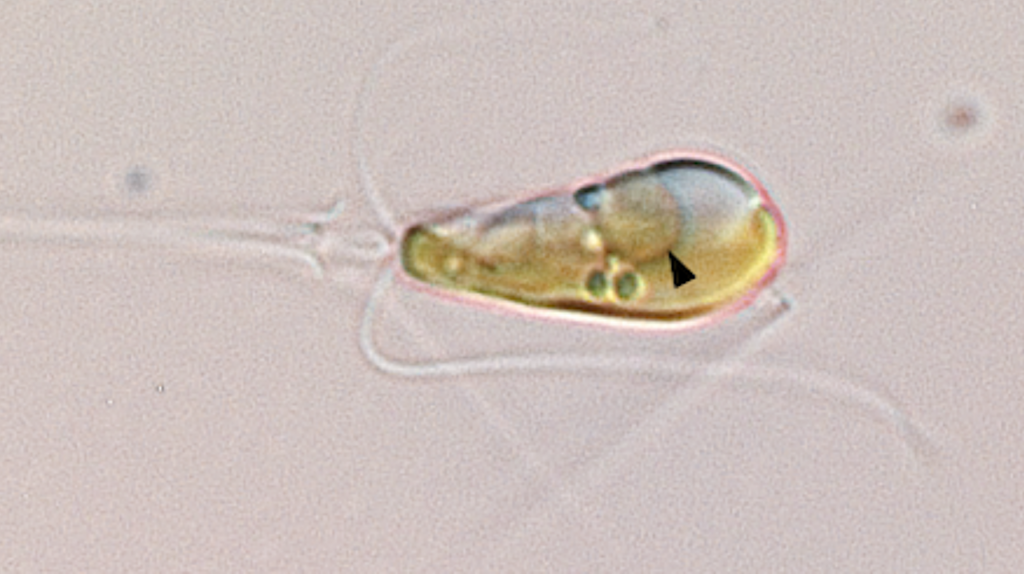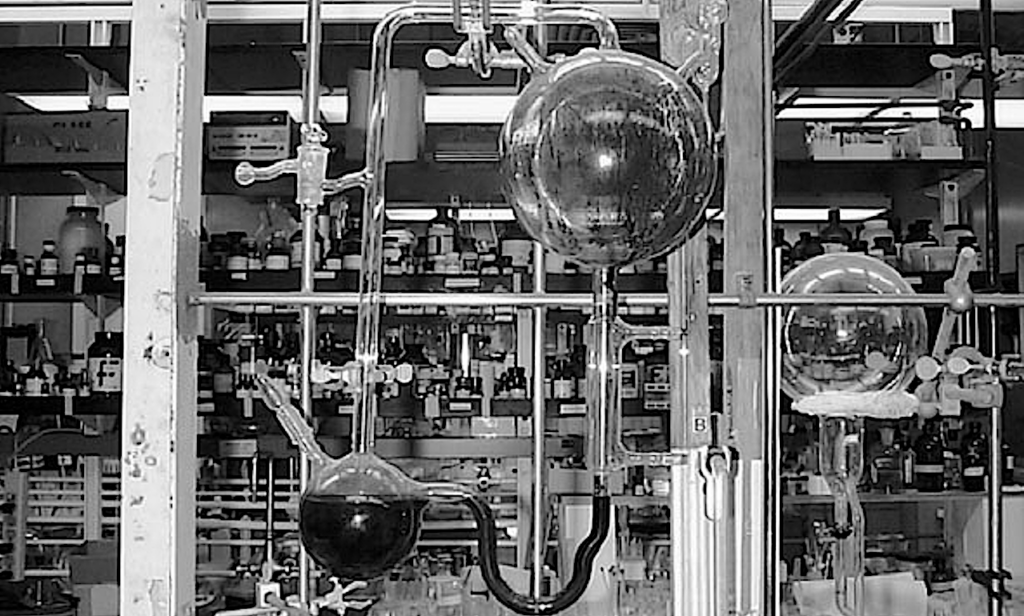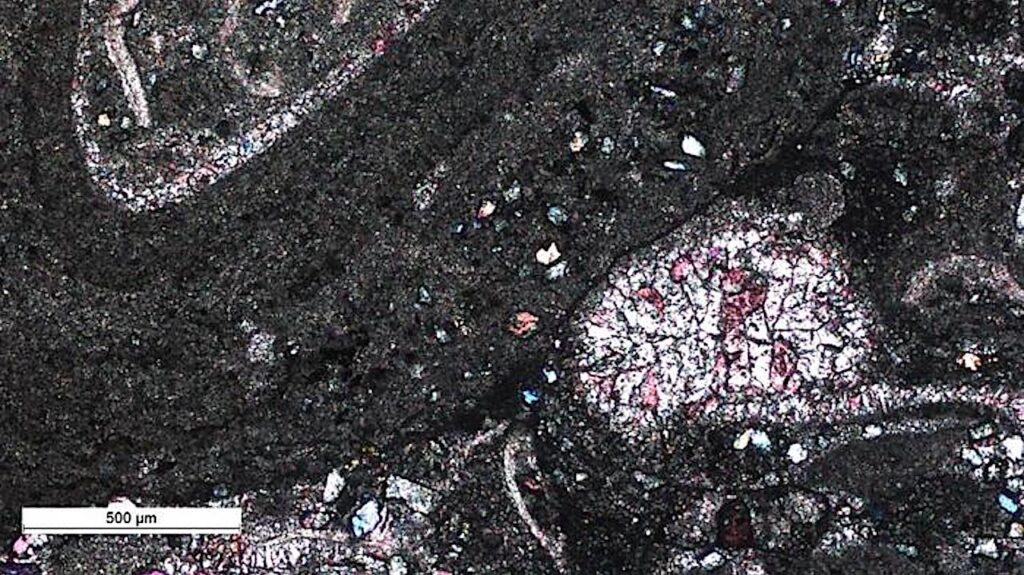Origin of Life's Building Blocks in Carbon and Nitrogen Rich Surface Hydrothermal Vents

There are two dominant and contrasting classes of origin of life scenarios: those predicting that life emerged in submarine hydrothermal systems, where chemical disequilibrium can provide an energy source for nascent life; and those predicting that life emerged within subaerial environments, where UV catalysis of reactions may occur to form the building blocks of life.
Here, we describe a prebiotically plausible environment that draws on the strengths of both scenarios: surface hydrothermal vents. We show how key feedstock molecules for prebiotic chemistry can be produced in abundance in shallow and surficial hydrothermal systems. We calculate the chemistry of volcanic gases feeding these vents over a range of pressures and basalt C/N/O contents. If ultra-reducing carbon-rich nitrogen-rich gases interact with subsurface water at a volcanic vent they result in 1 mM to 1 M concentrations of diacetylene, acetylene, cyanoacetylene, hydrogen cyanide, bisulfite, hydrogen sulfide and soluble iron in vent water.
One key feedstock molecule, cyanamide, is not formed in significant quantities within this scenario, suggesting that it may need to be delivered exogenously, or formed from hydrogen cyanide either via organometallic compounds, or by some as yet-unknown chemical synthesis. Given the likely ubiquity of surface hydrothermal vents on young, hot, terrestrial planets, these results identify a prebiotically plausible local geochemical environment, which is also amenable to future lab-based simulation.
Paul B Rimmer, Oliver Shorttle
(Submitted on 24 Jan 2019)
Comments: 21 pages, 7 figures, 2 tables, accepted for publication in Life
Subjects: Earth and Planetary Astrophysics (astro-ph.EP)
Cite as: arXiv:1901.08542 [astro-ph.EP] (or arXiv:1901.08542v1 [astro-ph.EP] for this version)
Submission history
From: Paul B. Rimmer
[v1] Thu, 24 Jan 2019 18:06:53 UTC (416 KB)
https://arxiv.org/abs/1901.08542
Astrobiology








